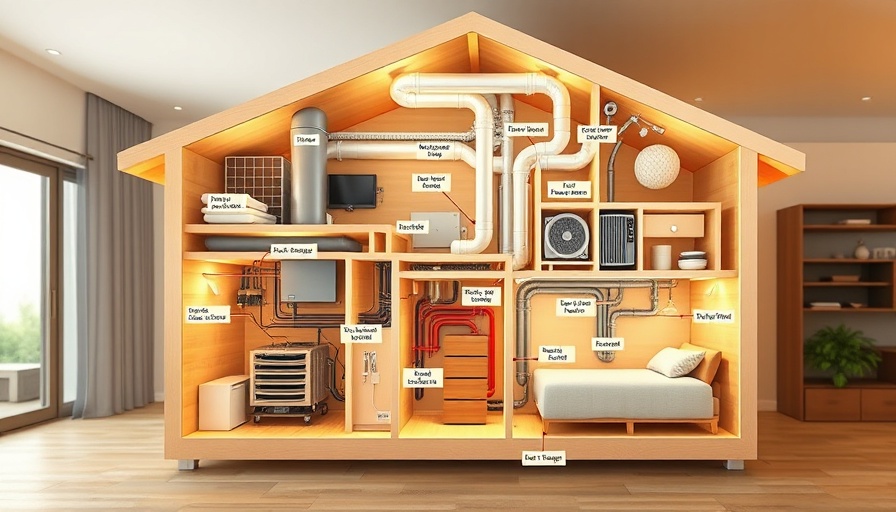
Understanding the Importance of Air Sealing and Insulation
In the quest for energy efficiency and a comfortable living environment, the role of effective air sealing and insulation around trusses cannot be understated. Homes are dynamic structures, where air movement can significantly impact heating and cooling costs. Proper sealing around trusses creates a barrier that minimizes airflow, contributing to a decrease in energy consumption and enhancing indoor air quality.
Key Techniques for Effective Air Sealing
To achieve optimal air sealing around trusses, various techniques can be employed. First, the use of caulking and expanding foam is essential for filling gaps where trusses meet other structural elements. These materials are designed to expand upon application, effectively sealing cracks that cold air might infiltrate. Additionally, weather stripping can be used around movable parts, such as doors and windows situated near trusses, ensuring a thorough seal against potential leaks.
Types of Insulation Materials to Consider
Choosing the right insulation material is equally crucial. Fiberglass and spray foam insulation are two of the most commonly used types. Fiberglass offers a cost-effective solution while providing considerable insulation value. In contrast, spray foam insulation presents a more robust option that not only insulates but also acts as an air barrier. Each type has distinct advantages that homeowners should consider based on their specific needs, budget, and local climate.
Common Misconceptions About Air Sealing and Insulation
One major misconception is that all insulation automatically prevents air leaks. In reality, insulation and air sealing should work hand in hand. While insulation prevents heat transfer, air sealing stops unwanted airflow. More importantly, high levels of ventilation without adequate sealing can lead to energy loss and discomfort. Understanding how these elements complement each other is crucial for optimal home performance.
Future Trends in Air Sealing and Insulation Technologies
As technology progresses, innovative materials and techniques are emerging in the field of air sealing and insulation. Advances such as breathable membranes and dynamic insulation systems are being developed to provide better air control and moisture management. These solutions not only improve energy efficiency but also contribute to building longevity and performance. Homeowners and builders should stay informed about these emerging technologies to ensure their homes meet modern standards.
Statistical Insights into Energy Efficiency Gains
According to recent studies, homes that adequately seal and insulate trusses can see energy savings of up to 30%. This figure speaks volumes about the financial impact of proper insulation maintenance. With rising energy costs, homeowners must recognize that investing in quality sealing and insulation around trusses can yield significant returns over time. Furthermore, energy-efficient homes can also increase property value, creating potential financial benefits for future resale.
Making Informed Decisions About Home Insulation
For homeowners contemplating upgrades or renovations, understanding air sealing and insulation around trusses is essential. Engaging with professionals who can conduct energy assessments offers insights into areas needing improvement. Moreover, staying informed about local building codes and incentives can assist in making more informed choices. The combination of expert guidance and personal research enables homeowners to create a comprehensive plan aimed at enhancing their home's energy performance.
In conclusion, the importance of air sealing and insulation around trusses is a crucial consideration for any homeowner looking to improve energy efficiency and comfort. By being informed about techniques, materials, and emerging technologies, one can ensure a sound investment in their property and overall well-being.
 Add Row
Add Row  Add
Add 






Write A Comment